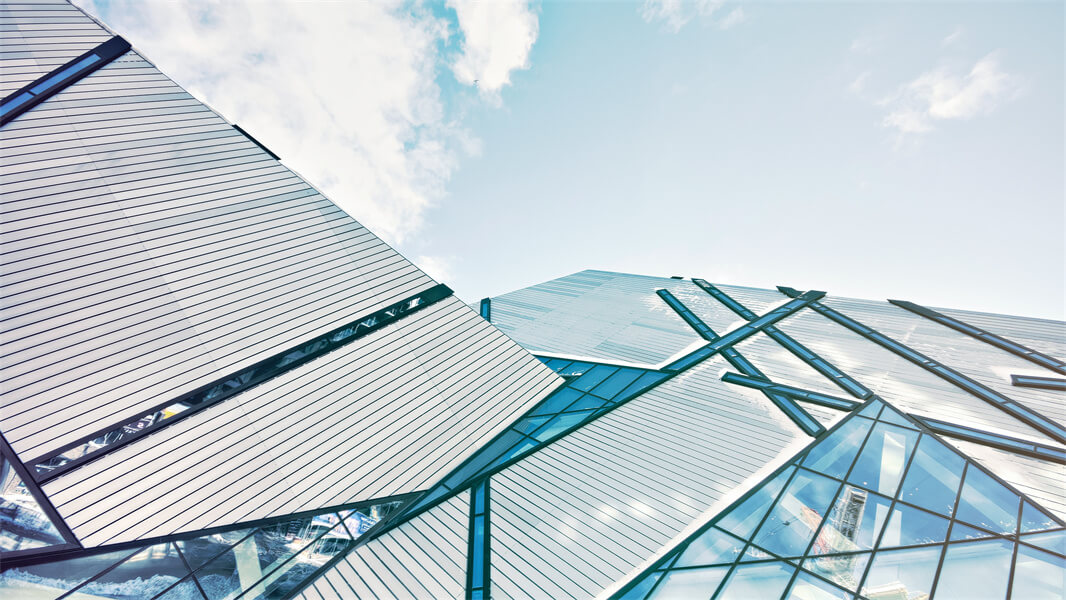What is architecture photography?
Architectural photography also referred to as structure, building, or architecture photography, essentially represents a genre of photography that revolves around capturing buildings and other picturesque landscapes. This may include but is not limited to, interiors and exteriors, city bridges, monuments, as well as cityscapes. Initially, architecture photography’s definition was limited to documenting buildings. However, over the years, it has evolved into various art forms for commercial purposes, online publications, and even project teams’ portfolios.
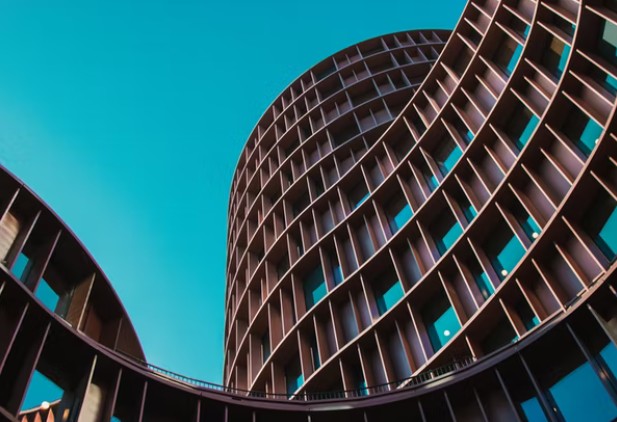
Main architecture photography styles
1. Exterior architecture photography
As the name suggests, this type of photography represents images of the outside of structures. Exterior architecture photography leverages the abundance of natural light during the day, easing the stress of capturing exteriors within this period. It also benefits from the ambient light of surrounding street lights, and the sky twilights for the darkest situations. Besides, based on natural whim, the exteriors may also give diverse moods and dramatic results in exterior architecture photography.
2. Interior architecture photography
This form of architectural photography represents images of buildings and other structures’ interiors. Usually, capturing this can be an uphill task as the ambient lighting available through apertures are pretty limited. And typically, the lights are filtered, thereby depriving the image of the naturality envisaged for it. However, most times, artificial lighting comes to the rescue and helps capture the elements accurately. In essence, one major secret to finding an accurate result in interior architecture photography is the type of lighting you opt-in for.
Best architectural photography tips you should master
1. Find the right position
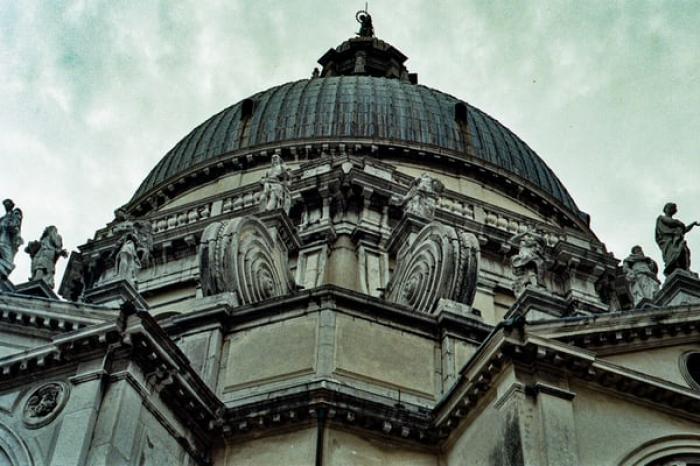
Your first consideration out of every architectural photography tip should be your position. The most straightforward approach to achieving a scenic capture is positioning your camera in a way that aligns perpendicularly at 90 degrees to the structure’s vertical lines. You can further create visually appealing photography by adjusting perspectives and tweaking the focal plane to take a picture with several parallel vertical lines.
2. Try out different shooting angles
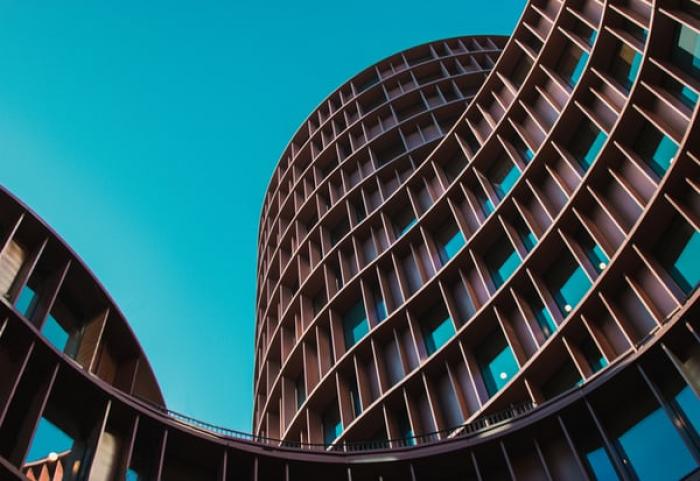
Another key to achieving an eye arresting architecture photography is capturing at unique angles. Get creative with your perspective- this is not only entertaining, but the reward it embodies is also significant. Take your time, find various angles, blend with the environment and pick an angle that can portray the most ignored and subtle details of the building. Best believe this can trigger yet another level of aesthetic and appeal in the structure.
This tip is also suitable for other different style photo shooting, if you are interested in Fairy photography, check this article: Guide to Create High-qaulity Fairy Pictures.
3. Shoot at different times of the day or a year
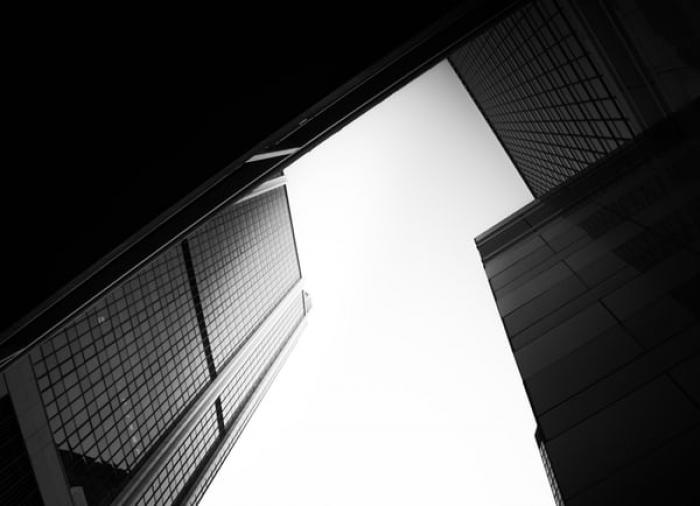
Usually, photographers try to find periods with the most dramatic lighting to capture those classic and picturesque architectural wonders – periods like sunset hours, etc. While this may sometimes give a blissful atmospheric feel to the image, it only captured a moment out of the divergent mix of atmospheres the building encapsulates. So, be sure to shoot those buildings at various times of the day and seasons of the year for a more comprehensive experience.
4. Pay attention to good lighting
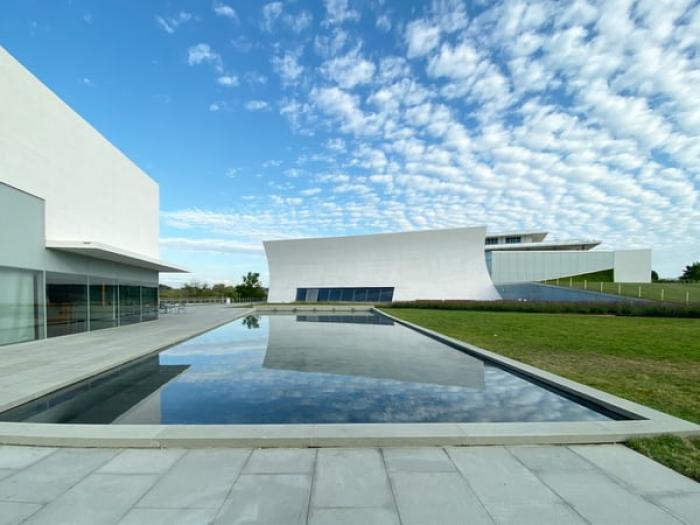
Notwithstanding the time you are shooting the images, or the type of architectural photography you’re engaging in, getting the best lighting should always remain at the top of your priority list. Great lighting in architectural photography helps emphasize the space, the subject structure, and the entire atmosphere attributable to it. As such, we can say that it plays a significant role in determining people’s understanding of the essence of a particular architectural photography project.
5. Post-editing is equally important
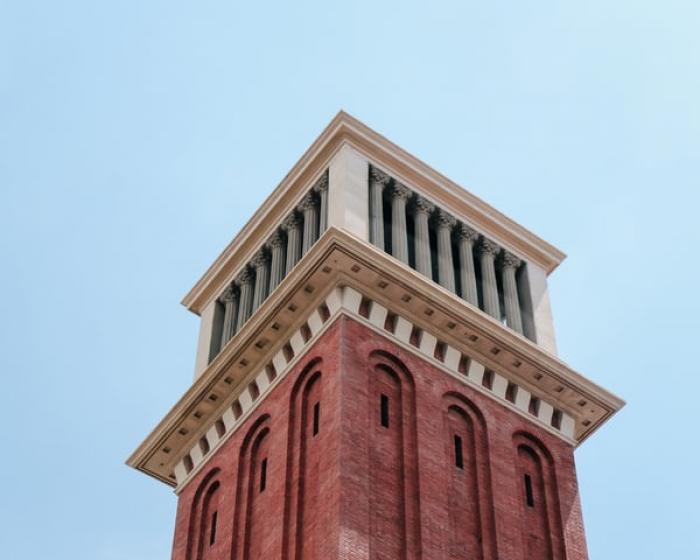
Out of every architectural photography tip, people pay lesser attention to this. However, it is important to always run your photographs through image processors to adjust elements such as perspective. White balance, contract, sky edits, etc. Sometimes, you might even need a tools to remove background online & perfect the entire process. So, get familiar with as many basic or professional photo editing tools as you can, because they will be instrumental in your journey moving forward in the architectural photography space.
Final words
Capturing the image of a building can be as easy as pulling out your smartphone camera. However, before it goes from being a random smartphone image to architectural photography, you must have captured the true essence of the building. And to help you navigate through this, in this article, we covered what is architecture photography as well as some practical tips to go from being just a random building photographer to an actual architectural photographer. And remember, let image processing tools, such as AI background remover, be some of your closest companions throughout the journey.
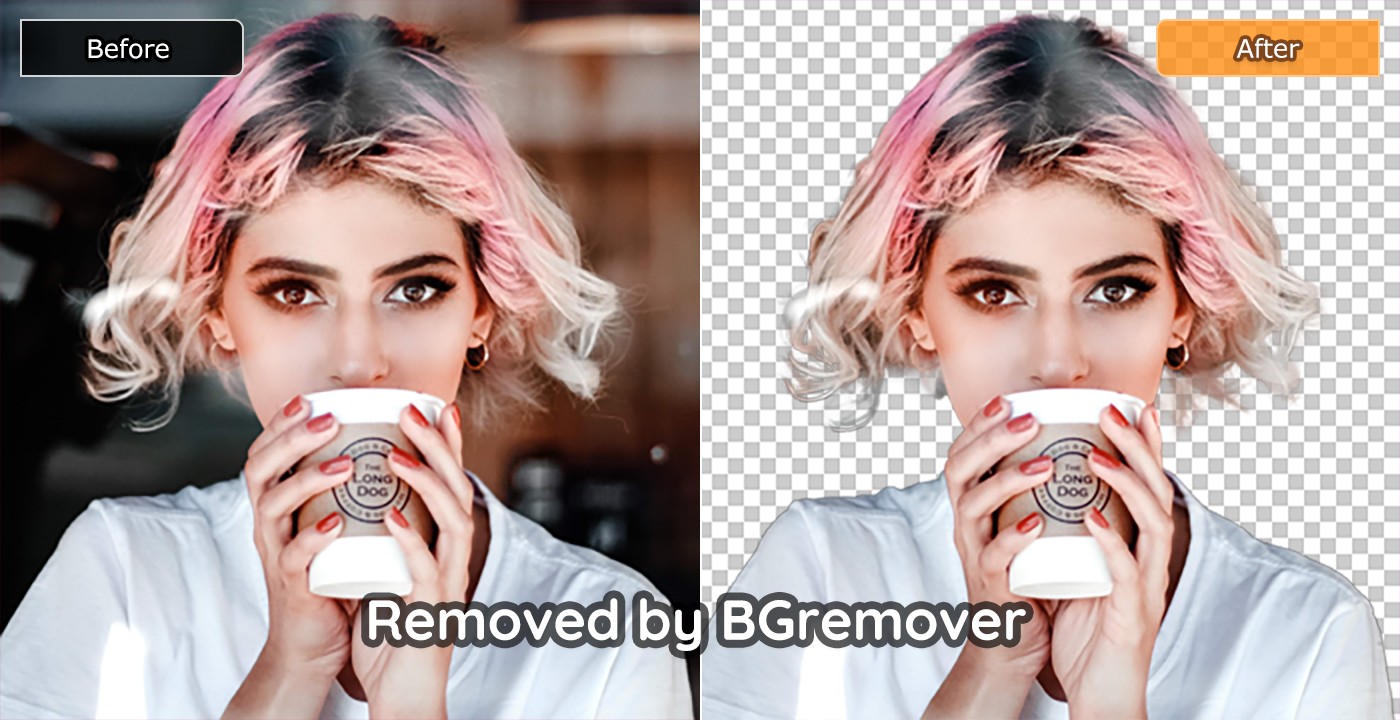
FAQ
What makes good architectural photography?
Architectural photography can only be deemed good if it captures the true essence of the building. Of course, everyone can take snapshots of buildings, but it takes truly good architectural photography to capture even the most subtle details attributable to a structure. The tips mentioned in this guide are a great way to kickstart this journey. And for post-editing, VanceAI Image Enhancer will be your good assistant to increase your efficiency.
Also read: How to Edit Ecommerce Image with Smarter Workflow
